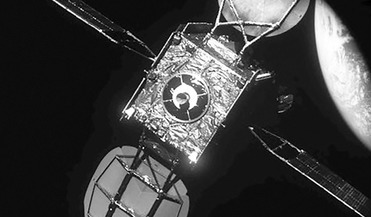 April 2021
Satellite servicing comes of age
April 2021
Satellite servicing comes of age
... they have run out of station-keeping propellant MEV-1 uses highly efficient Electric Propulsion (EP) engines, utilising xenon propellant to produce far more delta-v (velocity change) than standard chemical propellants. In fact, MEV-1’s EP system has...
 19 April 2019
Mission to Mars by 2033 not viable says independent report
19 April 2019
Mission to Mars by 2033 not viable says independent report
... the space station itself; “overall, the Gateway presents medium technology risk because certain technologies (e.g., xenon refuelling and autonomous environmental monitoring) have not been previously demonstrated at the scale required by the Gateway...
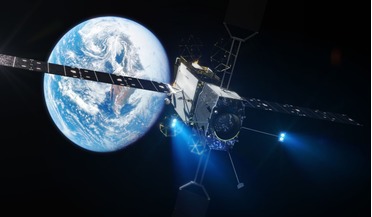 09 October 2019
The first satellite servicing spacecraft launches successfully
09 October 2019
The first satellite servicing spacecraft launches successfully
... MEV 1 spacecraft will take over propulsion and attitude control for the ailing satellite and its xenon-fed, fuel-efficient ion thrusters will nudge the 901 satellite towards a new lower inclination operating...
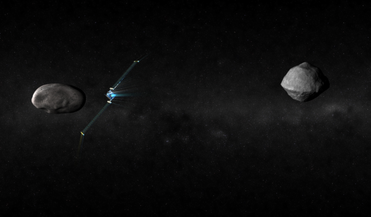 22 November 2021
NASA's asteroid impact mission due to launch Wednesday
22 November 2021
NASA's asteroid impact mission due to launch Wednesday
... (110 pounds ) of hydrazine propellant for spacecraft manoeuvres and attitude control and around 60 kilograms (130 pounds) of xenon for its NEXT-C ion engine, DART has been prepped for flight since it arrived at VSFB in early...
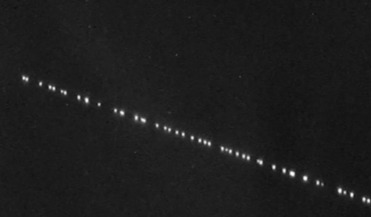 04 June 2020
Mega constellations and their impact on astronomy
04 June 2020
Mega constellations and their impact on astronomy
... with another satellite or a piece of space junk. At the moment two gases are predominantly used: Krypton and Xenon and both are extracted from liquid air by fractional distillation. However each element only makes up a very...
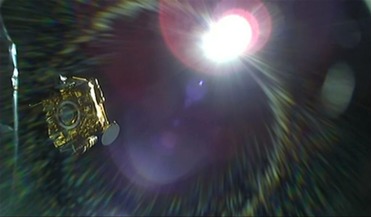 24 November 2021
NASA successfully launches its DART mission
24 November 2021
NASA successfully launches its DART mission
..., 28-foot-long, roll-out solar arrays. They will power both the spacecraft and NASA’s Evolutionary Xenon Thruster – Commercial ion engine, one of several technologies being tested on DART for future application on space missions...